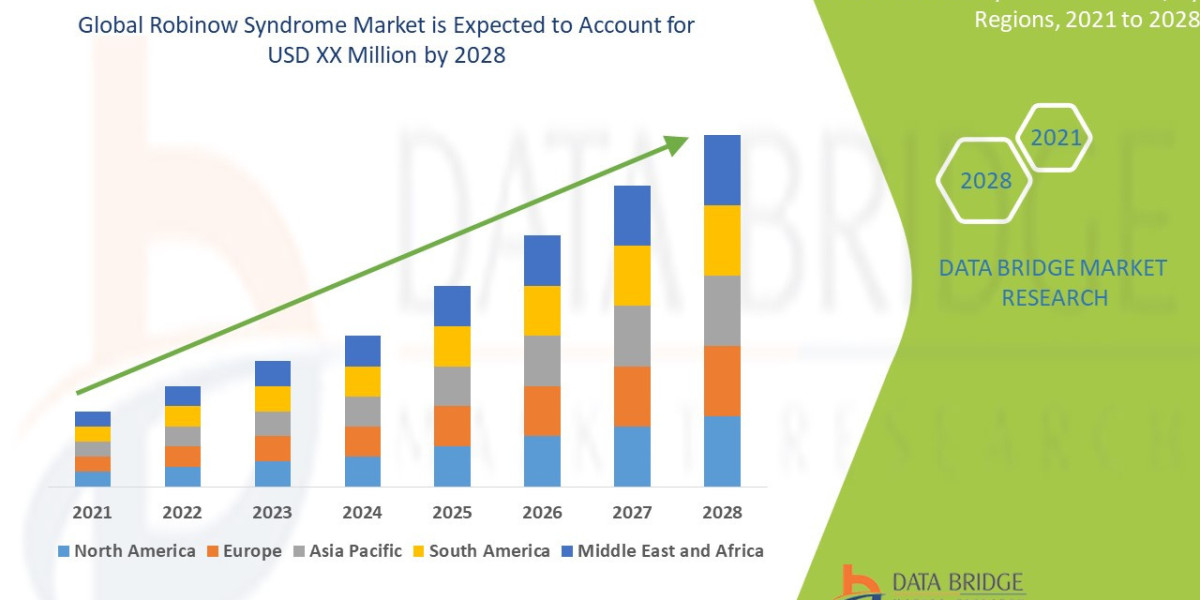Despite economic uncertainties, three critical sectors – technology, healthcare, and skilled trades – face worsening talent shortages in 2025. Employers are struggling to fill positions even as unemployment rates fluctuate, revealing systemic gaps in workforce development. Here’s why these shortages persist and what it means for businesses and job seekers.
1. The Crisis by Sector
Technology
500,000+ unfilled U.S. cybersecurity jobs (ISC2)
Australia needs 1.2 million tech workers by 2030 (ACS)
Biggest gaps: AI specialists, cloud architects, DevOps engineers
Healthcare
Global shortage of 13 million nurses (WHO)
Australia requires 17,000 more GPs by 2025 (RACGP)
Critical needs: Aged care workers, mental health professionals
Skilled Trades
40% of electricians/plumbers nearing retirement (NAHB)
Construction industry short 230,000 workers in Australia (MBA)
Highest demand: Renewable energy technicians, HVAC specialists
Root Causes
Education Mismatch
Universities produce too many general degrees, not enough specialists
Only 12% of students pursue vocational training (NCVER)
Aging Workforce
31% of nurses will retire by 2030
Average electrician age: 54 years
Barriers to Entry
Licensing bottlenecks (e.g., nursing placements)
High training costs (AUD $15k+ for trade certifications)
Perception Problems
72% of Gen Z views trades as "backup plans" (NAB survey)
Tech sector’s "experience paradox" – entry jobs demand 3+ years experience
Economic Impact
| Sector | Annual Losses | Consequences |
|---|---|---|
| Tech | $8.5B in unrealized projects | Slowed AI/cloud adoption |
| Healthcare | 23% longer wait times | Rural clinic closures |
| Trades | 35% construction delays | Housing shortages worsen |
Innovative Solutions Emerging
Education Reforms
Micro-credentials: IBM/Sydney Uni’s 6-month cyber certifications
Earn-while-you-learn: BHP’s trade apprenticeships ($75k salaries)
Immigration Adjustments
Australia’s Skills in Demand visa (2024) fast-tracks 85 occupations
Germany’s "Chancenkarte" targets nurses with language prep
Technology Bridges
VR simulations cut nurse training time by 40%
AI upskilling platforms like Coursera’s GPT-4 tutor
What Job Seekers Should Know
✔ Tech: Certifications (AWS, CISSP) now rival degrees
✔ Healthcare: Rural posts offer $30k signing bonuses
✔ Trades: Solar installers earn 25% more than traditional roles
Highest-Paying 2025 Roles Needing Workers
Clinical informatics specialists ($140k)
Robotics maintenance technicians ($115k)
Cloud security architects ($210k)
Government & Industry Responses
Australia’s Fee-Free TAFE – 180,000 training spots
Biden’s CHIPS Act – $52B for semiconductor workforce
NHS England’s "Train-For-All" – Paid healthcare training
The Road Ahead
2026 Projections: Trades shortage will double without intervention
Tech Salaries: Rising 15% annually for niche skills
Healthcare Crisis: Automation can only fill 20% of gaps
This persistent shortage represents both a crisis and an opportunity. For workers willing to reskill, it’s a golden age of career mobility. For employers, it’s a wake-up call to invest in training or lose competitiveness.












